Pilonidal sinus is a medical condition where a small hole or tunnel forms in the skin near the tailbone, often becoming infected and filling with pus, leading to pain, discomfort, and sometimes fever. This condition typically affects young adults, particularly males, and can be worsened by prolonged sitting or friction in the affected area.
Initial symptoms may include redness, swelling, and tenderness around the tailbone, which can progress to the drainage of pus or blood. In severe cases, an abscess may form, making everyday activities difficult due to increased pain and discomfort.
For the most effective pilonidal sinus treatment in Hosur, consult Dr. Senthil. His expertise in managing this condition ensures reliable treatment options that can improve both your comfort and quality of life.
Pilonidal sinuses are abnormal tracts that develop beneath the skin, often filled with hair, dirt, and debris. These sinuses typically form in the crease near the tailbone, although they can occasionally occur in other areas of the body. If these sinuses become infected, they can lead to the development of a painful abscess, which may require medical intervention.
The term “pilonidal” literally translates to “nest of hair,” which accurately reflects the condition, as these sinuses frequently trap hair within the tract, causing inflammation and discomfort. Pilonidal sinuses are more common in young adults and individuals with sedentary lifestyles, and they may result in persistent pain, discomfort, and recurring infections. Therefore, timely diagnosis and treatment are essential to alleviate symptoms and prevent complications.
Pilonidal sinuses can be classified into two main types based on their characteristics and formation:
Symptoms of pilonidal sinuses can vary significantly among individuals. Common signs include:
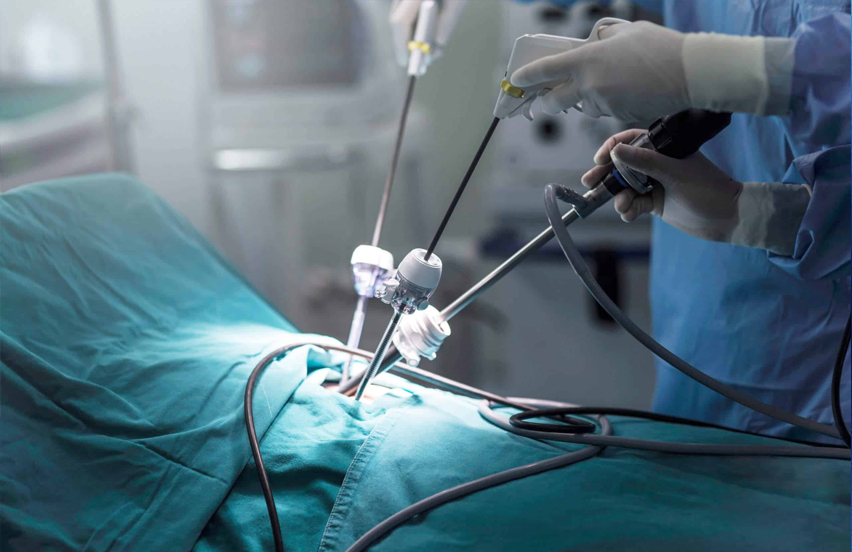
To reduce the risk of developing a pilonidal sinus, consider implementing the following preventive strategies:
Laser treatment for this disorder has gained recognition as a preferred option due to its numerous advantages over traditional surgical methods. Below are key reasons why laser treatment is highly recommended:
Before any procedure, consult with your healthcare provider to discuss the treatment options, benefits, and potential risks associated with pilonidal sinus surgery.
Your doctor may perform a physical examination and possibly imaging tests to assess the extent of the pilonidal sinus and plan for surgery.
Your healthcare provider will likely instruct you to fast for several hours before the procedure to reduce the risk of complications during anesthesia.
Inform your healthcare provider about all medications you are currently taking, including over-the-counter medications and supplements. Follow their instructions on which medications to continue or discontinue before the procedure.
Stay hydrated before the procedure, unless otherwise instructed by your healthcare provider.
Your doctor will provide specific instructions on what to expect during and after the procedure, including potential complications and recovery expectations.
After the procedure, you will be monitored for a short time before being discharged. It is normal to feel some discomfort and swelling in the area.
Over-the-counter pain relievers or prescribed medications can help manage discomfort. Follow your doctor’s instructions regarding pain management.
Keep the surgical area clean and dry. Follow your healthcare provider’s instructions on how to care for the wound and when to change dressings.
Avoid strenuous activities, heavy lifting, and prolonged sitting for a few weeks post-surgery, as this may strain the healing area.
Monitor for any signs of infection or complications, such as increased redness, swelling, drainage, fever, or worsening pain. Contact your healthcare provider if you notice any of these symptoms.
Attend all follow-up appointments with your healthcare provider to monitor your recovery and address any concerns.
Dealing with pilonidal sinus can be challenging, but Dr. Senthil offers specialized expertise in providing comprehensive care and advanced treatment options specifically tailored for Laser Pilonidal Sinus Treatment.
With a commitment to personalized consultation and expert guidance, Dr. Senthil ensures that each patient receives individualized care aimed at effectively managing symptoms and promoting recovery. He is dedicated to helping you find the most suitable solution for your condition.
Contact Dr. Senthil today to schedule a consultation and take proactive steps towards effectively managing your pilonidal sinus.
A pilonidal sinus can lead to considerable discomfort and necessitates appropriate care and treatment. Gaining a clear understanding of its causes, symptoms, and available treatment options is essential for effectively managing this condition.
Maintaining proper hygiene and implementing preventive measures can significantly reduce the risk of developing a pilonidal sinus.
If you suspect that you may have this condition, it is advisable to consult a healthcare professional for an accurate diagnosis and tailored treatment plan.
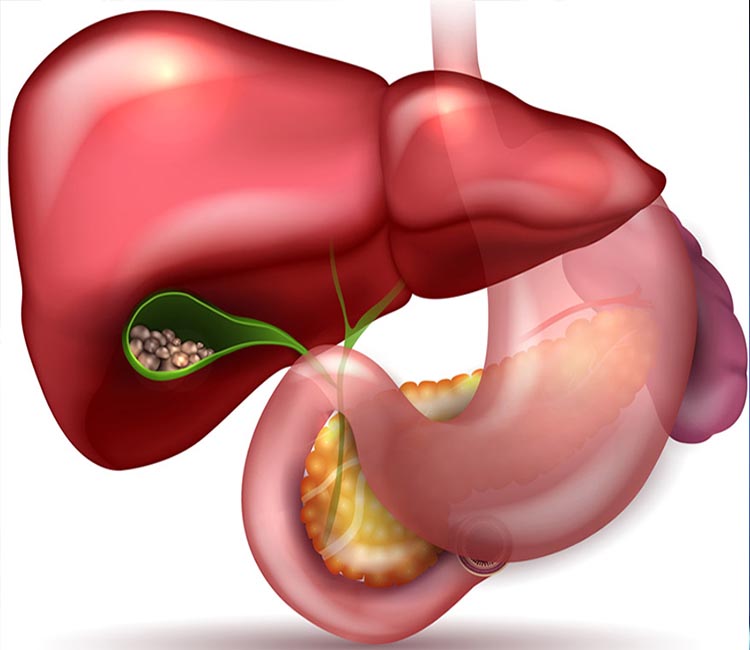
We offer advanced minimally invasive surgery for gallbladder stones, providing effective treatment to alleviate pain and prevent complications, ensuring a quick recovery and long-term relief.
Read more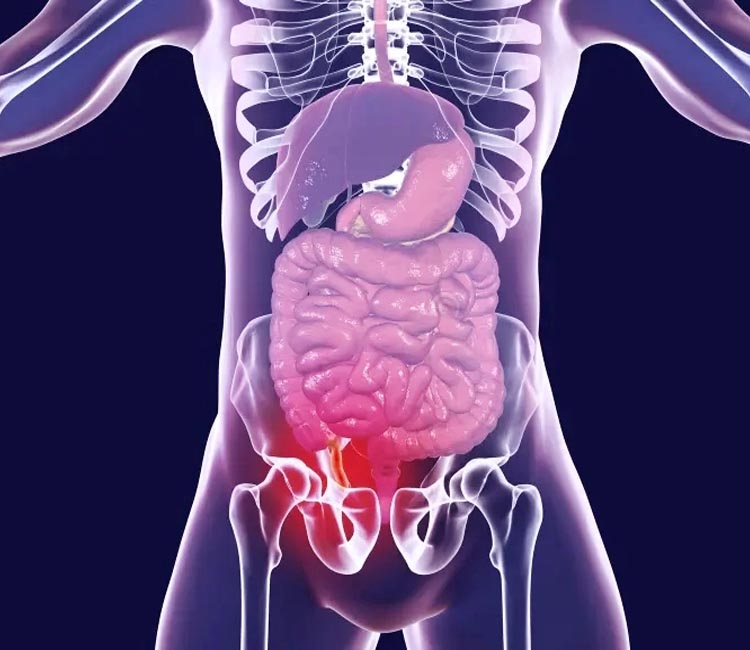
Our expert surgeons provide prompt and effective appendectomy solutions, offering advanced care to treat appendicitis, minimize risks, and ensure a fast return to normal activities.
Read more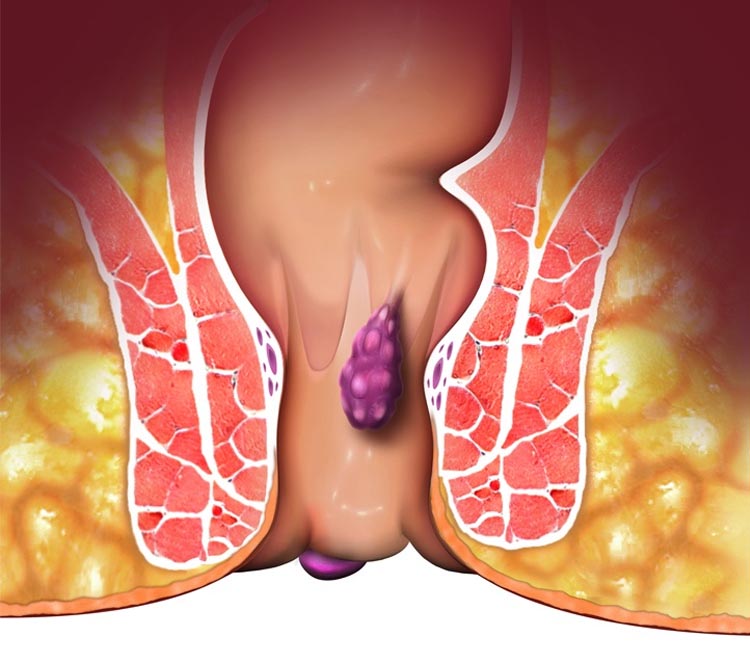
We specialize in advanced hemorrhoid treatments, using the latest surgical techniques for effective relief from discomfort, pain, and bleeding, ensuring a faster recovery with minimal downtime.
Read more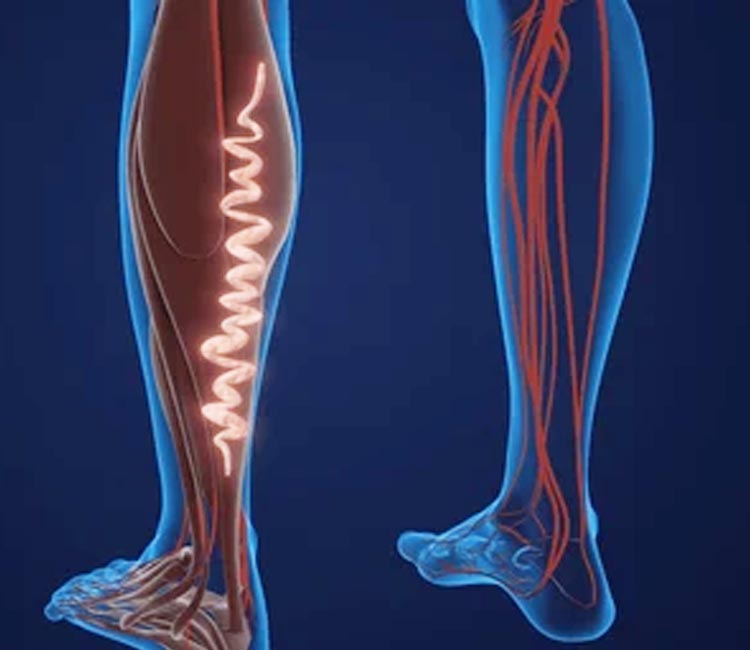
We offer cutting-edge treatments for varicose veins, using advanced surgical techniques to alleviate pain, enhance circulation, and restore the natural look and function of your legs.
Read more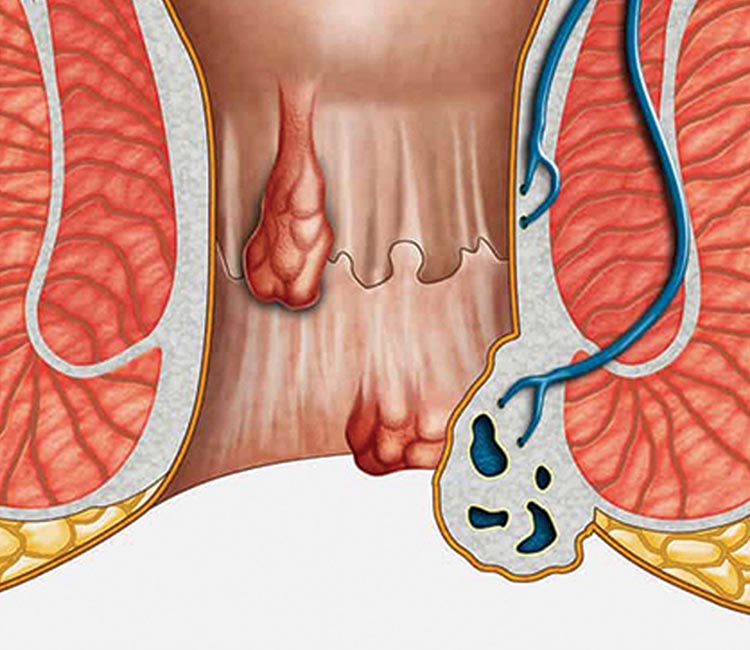
Our surgical care for pilonidal sinus focuses on minimally invasive procedures, ensuring precise treatment, rapid recovery, and a reduced risk of recurrence for optimal patient outcomes.
Read moreCopyright © 2024 Laparosurgeon All Rights Reserved. Powered by Spellinfo Technologies